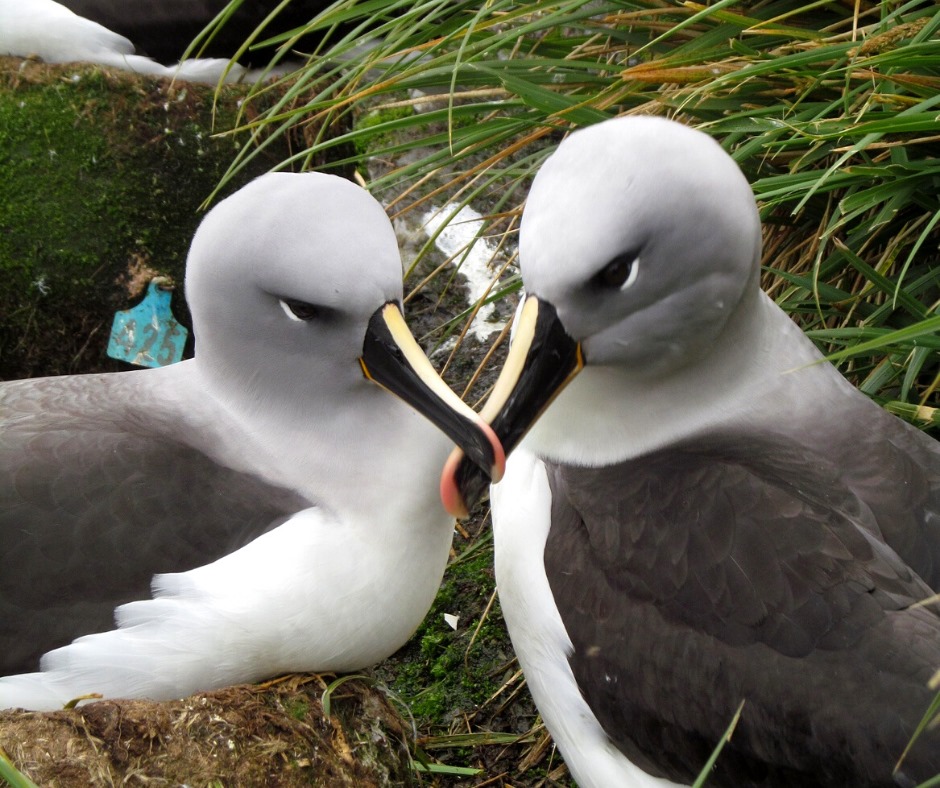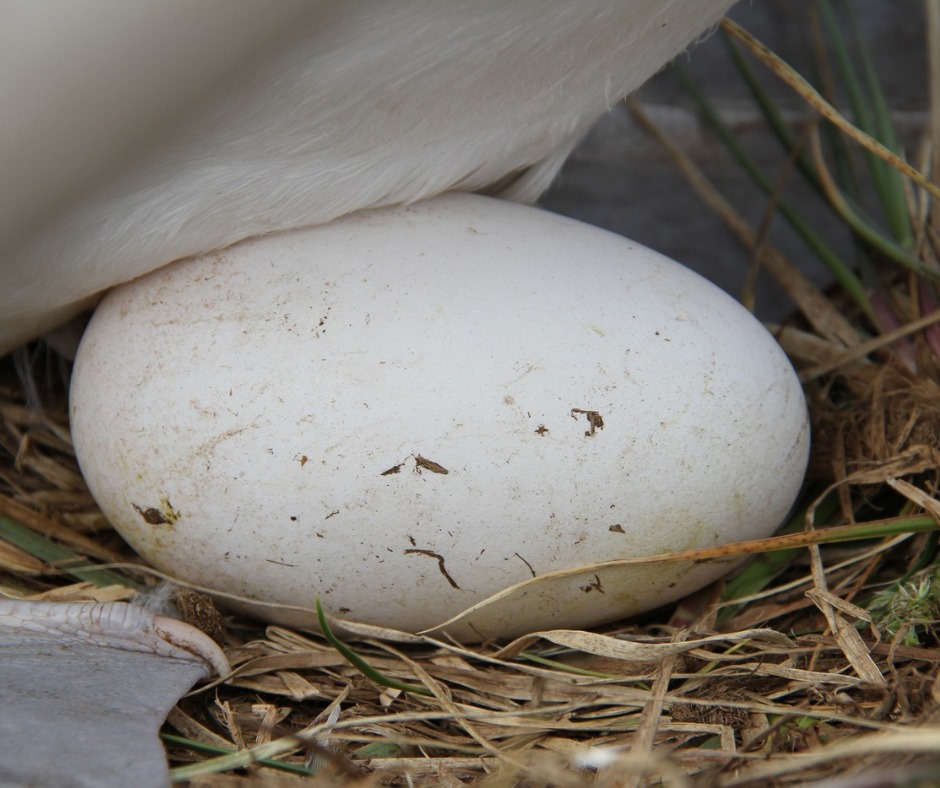


Bird Island, South Georgia
South Georgia’s Bird Island is home to four of the world’s 22 albatross species. The largest global breeding population of grey-headed albatross favours this tiny island, less than 5km in length and around 800m at its widest point.
Grey-headed albatross are a mid-size albatrosses with a wingspan of over two meters. Long, slender wings equip them perfectly for a life at sea – they spend up to 90% of their time soaring over the South Pacific and can reach speeds of 127km/hour.
Albatross mate for life and are dedicated parents. They raise just one chick every 2 years – a process of over 7 months from laying the egg in October time, to the chick fledging the nest in April/May time. When the chick is ready to fledge the parents go their own ways, back to a solitary life over the ocean before reuniting again on land around 16 months later.
The grey-headed albatross is listed as Endangered by the IUCN. Birds are long-lived (50 years) but with a slow reproduction rate, any decline is concerning, and has a big impact on the global population. Studying the different albatross species on Bird Island, and tagging them so scientists can monitor their time away from land, provides clues as to what is happening to them at sea, including their interaction with fishing fleets, something which has been identified as a threat to the survival of albatross. By identifying threats, more can be done to protect albatross.
Meet Skylander
Skylander is one of a group of albatross being studied by the RSPB, BirdLife International, British Antarctic Survey and the South Georgia Heritage Trust. He is an #AlbatrossStar and you can follow updates about these ‘star’ Albatross on Instagram.
Skylander spent seven years over the ocean before returning to Bird Island and meeting his mate in 2008. They’ve had several chicks including Bobby who fledged in May 2019. The most recent member of Skylander’s family appeared on Christmas Day 2020. Skylander has been devoted, sitting on the nest for the majority of the 70 days it requires to incubate the egg since it was laid in October, and working hard with his partner to provide squid and krill for the chick. They will continue feeding the chick until around April when it will be time to fledge the nest.
Image credit: Alex Dodds, Albatross Task Force

